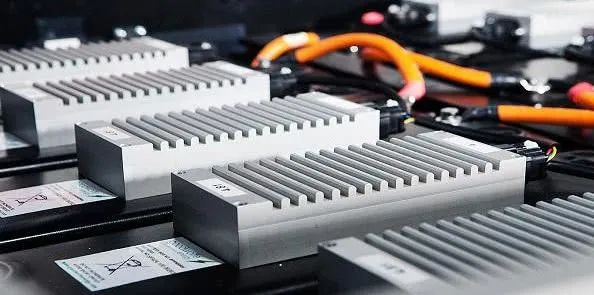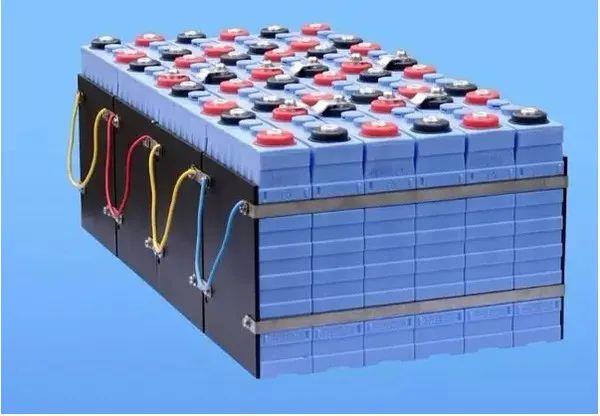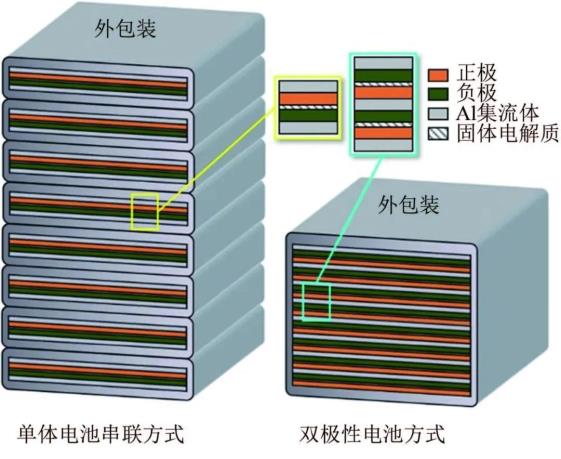In the new energy vehicle industry, in addition to the development of power battery technology, about lithium batteries, sodium batteries, solid state batteries and other energy storage technology is also a topic of great concern. With the rapid development of new energy vehicles, the energy storage market is also growing rapidly, attracting many new energy companies and capital influx, the technological progress in the field of energy storage has also brought great benefits to the relevant enterprises.
So what's the difference between lithium, sodium, and solid-state batteries? What are their respective advantages? What are the prospects for future development? Today we will learn the difference between lithium batteries, sodium batteries, solid state batteries.
First let's learn about lithium-ion batteries. Lithium-ion batteries are one of the most widely used energy storage technologies, which are mainly composed of positive and negative electrode materials, electrolyte solution, diaphragm, and electrolyte additives.
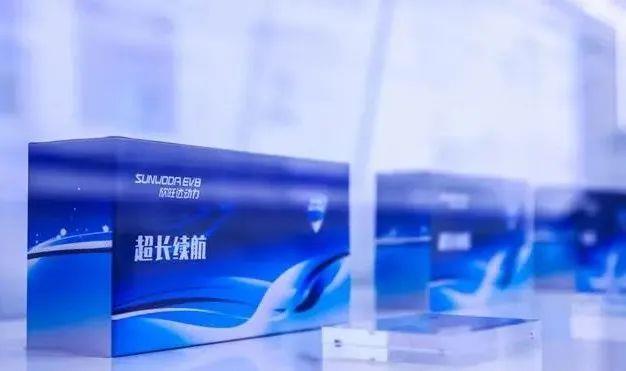
li-ion battery
Lithium battery is a solid or liquid battery with lithium metal or lithium alloy as the anode material and using organic electrolyte. Due to its advantages of high energy density, high specific capacity, high self-discharge rate and long cycle life, it has been widely used in the field of new energy vehicles, such as in the application of electric bicycles.
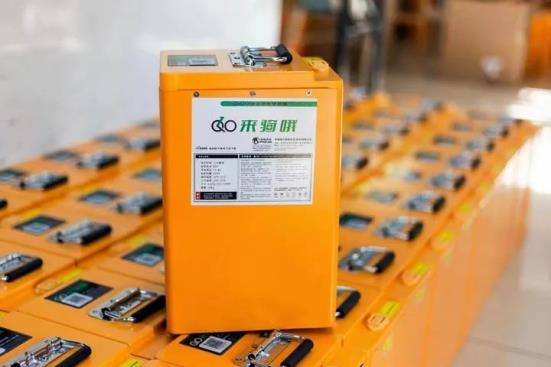
The advantage of lithium batteries is high energy density, the same volume of the case, it can store twice the amount of electricity than lead-acid batteries; but the disadvantages of lithium batteries are also very obvious, it can not withstand too high a temperature. When the temperature exceeds 50 ℃, it will explode; when the temperature exceeds 80 ℃, spontaneous combustion will occur. In addition, lithium batteries are less efficient in charging and discharging at low temperatures, so new energy vehicles used in low-temperature environments need to be equipped with specialized charging equipment.
At present, the mainstream lithium batteries used in the field of electric vehicles mainly include lithium ternary batteries, lithium manganate batteries, etc. Among them, lithium ternary batteries have advantages in terms of energy density and cycle life. Among them, Li-ion ternary battery has advantages in energy density and cycle life, and is currently the most mature and widely used type of power battery. However, due to the high price of its raw materials, the cost increases accordingly, which limits its development to a certain extent.
sodium battery
Sodium-ion batteries, a new type of energy storage technology, have lower raw material costs, better safety and higher energy density than lithium batteries. The working principle of sodium-ion batteries is similar to that of lithium-ion batteries, but the difference lies in the fact that sodium-ion batteries use a more stable anode material, Prussian blue, which is also the most promising anode and cathode material at present.
Prussian blue is mainly used in the field of lithium battery, and sodium ion battery is mainly used in the field of energy storage. Its advantages lie in low cost and high energy density, as well as good safety and long cycle life, which can be applied to portable electronic products, electric bicycles and other fields. However, in practical applications, due to the poor stability of the anode material of sodium-ion batteries, the separation of positive and negative materials will occur, so the sodium-ion batteries in the multiplier performance and cycleThe ring life still needs to be further improved. At present, sodium-ion batteries are still in the stage of technology development and testing, and have not yet entered the stage of mass production.
Solid state battery is a new type of battery, compared with the traditional lithium battery, it has the advantages of high energy density, high safety, long life and high and low temperature adaptability.
Solid-state battery technology is currently advancing, and with the popularization of new energy vehicles, solid-state batteries will also usher in a new round of development opportunities. Solid-state batteries, as a kind of energy storage battery, can improve the energy density of lithium-ion batteries, and at the same time can extend the service life of the battery, and will not produce obvious safety hazards. In addition, solid-state batteries can also reduce production costs and reduce carbon emissions.
From the perspective of development, solid-state lithium-ion battery technology is the most likely energy storage technology to realize large-scale application in the next few years, but still faces some challenges in the process of technology development.
On the one hand, the technological threshold is higher; on the other hand, the cost of materials is higher.
According to relevant data, there are currently more than 70% solid-state lithium-ion battery technology research and development enterprises in the world are carrying out relevant research and development work. It is believed that with the continuous efforts of researchers, there will be more energy storage technology in the near future.
Solid-state batteries refer to lithium-ion batteries with solid-state electrolytes, and their core material is solid electrolyte. Compared with liquid lithium-ion batteries, solid-state batteries have the advantages of high safety, high energy density, high stability, etc. However, because the preparation method of solid-state electrolyte is not yet mature, there are still many challenges for its practical application.
Currently there are several major difficulties with solid state batteries:
One is the high cost of the materials used in the preparation process;
Secondly, the preparation process is complicated and requires special processing of electrode materials and electrolytes, resulting in higher production costs of the battery;
Thirdly, the electrode material needs to be modified in practical application to avoid its reaction with the electrolyte;
Fourth, due to the difference in density between solid electrolytes and liquid electrolytes, additional additives need to be added to the electrodes;
Fifth, the solid electrolyte will react between the electrodes and the electrolyte, which may lead to problems such as decreased electrochemical performance.
Sodium batteries, also known as "second generation sodium batteries", is a new type of secondary batteries. Compared with lithium-ion batteries, the advantages of sodium-ion batteries are mainly reflected in the following two aspects:
(1) Sodium ions have high mass and volumetric energy densities. Compared with lithium-ion batteries, the mass energy density per kilogram of sodium is as high as 250 Wh/kg, and the volumetric energy density can be more than 400 Wh/L;
(2) Sodium ion has a low potential and its specific capacity can theoretically reach 2140 mAh/g. This allows sodium batteries to replace lithium batteries in many applications, such as high rate discharge, large rate charge/discharge, and long time cycling.
However, due to the limited resources and uneven distribution of sodium, its application in the field of energy storage is restricted. However, with the progress of science and technology and the development of new energy technology, it is believed that sodium-sulfur battery, a new type of secondary battery, will be more widely used in the field of new energy vehicles.
Sodium-ion batteries (referred to as sodium batteries), work on a similar principle to lithium-ion batteries, but their operating environment and temperature range are closer to those of lithium-ion batteries. Sodium-ion batteries are similar in principle to lithium batteries. The difference is that sodium-ion batteries utilize sodium as the cathode material to store and release sodium ions, while lithium-ion batteries utilize lithium as the cathode material to store and release lithium ions. In addition, sodium-ion batteries have the advantages of low cost, good low-temperature performance and abundant resources.
Since sodium resources are widely distributed in the earth's crust and have abundant reserves, the future development prospect is better. However, due to the relatively active chemical nature of sodium, it is easy to have side reactions during the cycle process, resulting in shortened battery cycle life and capacity loss, etc. Therefore, the development of sodium batteries still needs to focus on solving the problems of material stability and cycle life. At present, there are many companies have launched research on sodium ion battery, such as Zhongkehai sodium, Zhongke Haina, Guoxuan Hi-Tech and so on. However, due to the high cost and poor safety of sodium electricity, there is no commercial application yet.
Lithium batteries, sodium batteries, solid state batteries, are all popular technologies in the field of energy storage today. Among them, sodium battery is a new type of secondary battery with advantages of low price, good safety and abundant reserves. In the future, with the development of sodium resources, as well as the development of related technologies, sodium batteries will usher in rapid development.
Solid-state battery is a new type of secondary battery, which can realize the improvement of charging and discharging cycle performance, and can achieve good results in safety and energy density. The current solid-state battery technology is steadily advancing, I believe that with the continuous progress of technology, it will be more widely used in the future.

